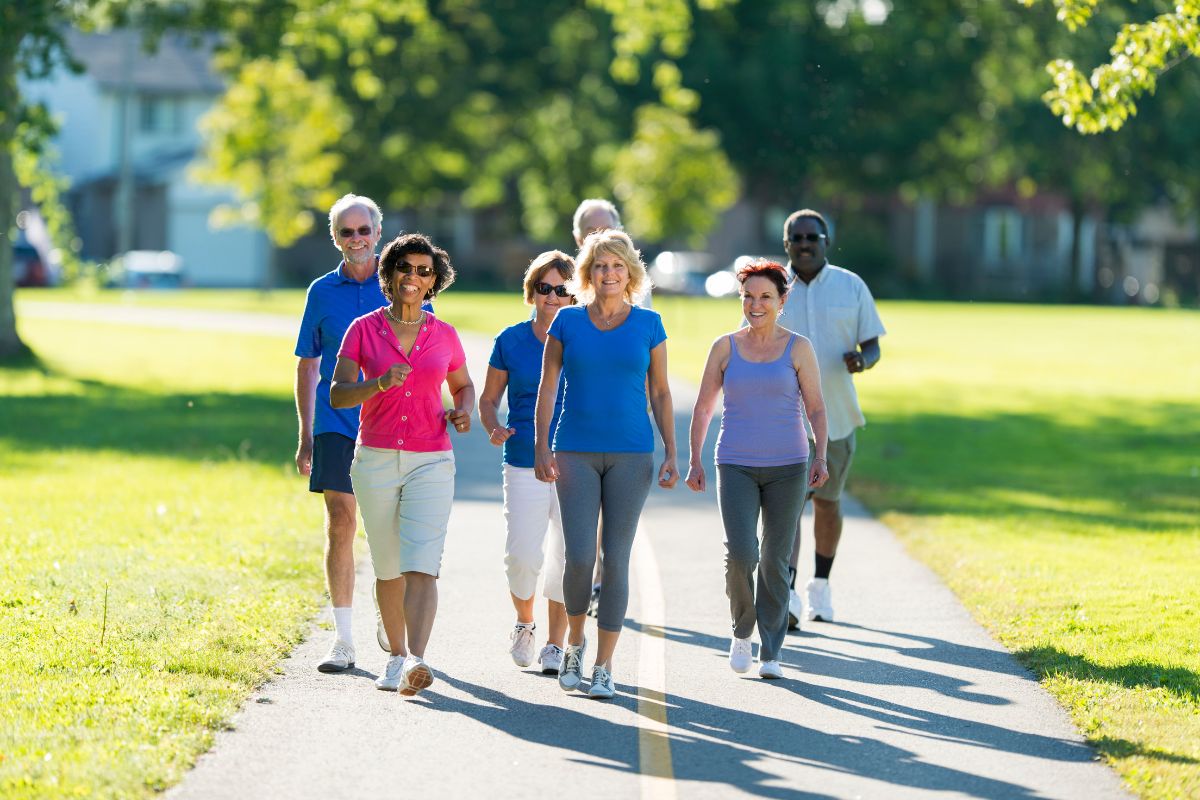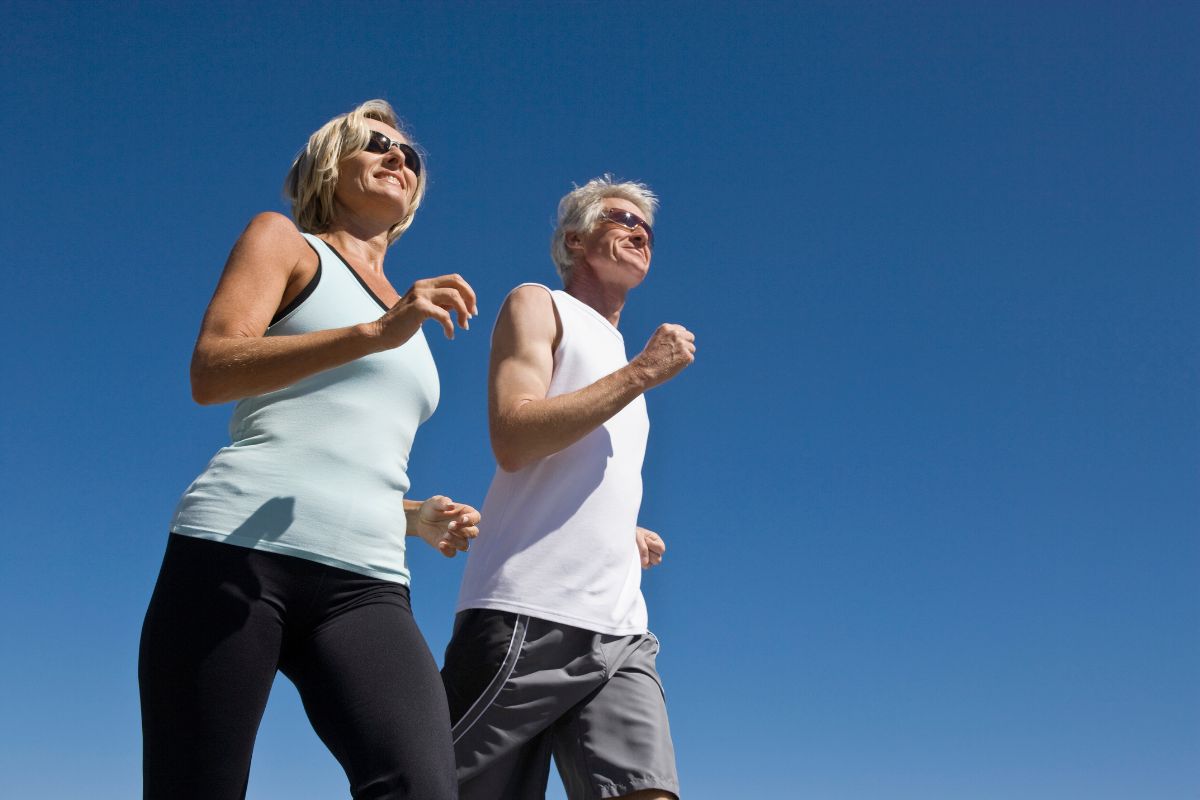If we could give you an extremely free and easy way to help with your medical condition, would you take us up on that offer?

Chances are you would try anything to help ease your pains, and so today we are going to deep dive into walking and why it is likely one of the best exercises for those suffering from kidney disease.
Why Is Walking So Good For You?
Finding the right type of exercise can be a helpful way to incorporate movement into your day-to-day lifestyle. For most of us, walking is simply the best way to do this.
With the introduction of devices that can help to record your heart rates, several calories burned, how well you sleep, as well as how many steps you are taking every day, it can almost become a competition to make sure you are hitting your daily target.
A big reason that those suffering from kidney disease don’t make progress is that they fear that they are unable to exercise, where walking is the most inclusive way to complete this healthy activity.
Walking is one of the best ways to help with your overall health. It is a low-impact form of exercise that most of the population can commit to, and it is one of those habits that is healthy in so many ways.
First off, Walking is what is known as active recovery, meaning that it can help you recover from fatigue whilst also getting you to move your body, so it is a win-win situation as you are recovering but also moving.
Walking Is also a super potent tool to help manage stress and anxiety levels, as it gets you out of your head and puts you into a meditative state if you can follow a mindful walking practice.
Not only that, You increase the chances of improving your vitamin D levels if you follow a walking practice that involves movement outside. This will help improve bone health as well as reduce fatigue.
Another common benefit of Walking is that it can help with overall energy expenditure. Remember that walking is technically classed as exercise and so it can help to manage your waistline.
How To Walk For Exercise
The Best thing about walking is that you don’t even need to leave the house to do it, although as we will come on to explain in just a second, there are many positives to walking outside.
If you are just coming back from being sedentary and haven’t done much movement in a while, the best strategy is to wean yourself back into daily movement.
This might even be as simple as walking to your post box, or the end of your road and back to your house.
For Those that are still slightly active, you can follow a gradual increase in movement by following a daily step target, distance, or timed walking session.
We would recommend building up to either 30 minutes per day, or a minimum of 7 1/2 thousand steps per day.
You do not have to do this in one go, as you can break this up into smaller chunks completed throughout the day.

Where Is The Best Place To Walk?
As mentioned, If you can get outside and walk this is a far superior method to movement inside, for example on a treadmill in a gym, as there are many more health benefits of walking outside.
Our Favorites recommendation is to get out into nature and do walking there, as this has been shown to reduce stress and anxiety significantly.
If you Do not have access to nature because you live in an urban environment, a walk-in-the-park wall device, otherwise taking a small road trip on the weekends can play an integral role in your kidney disease treatment.
If you can, you could also do some grounding. This is an area of research that is becoming more and more popular and it’s to do with the therapeutic activity of grounding to the earth when you can connect with it electronically.
In simple terms, electrical charges from the earth can play a positive role in the effects on a body and provide many health benefits such as improved energy levels and reduced depression.
How To Stay Hydrated
This increase in activity levels will likely cause you to become more dehydrated, so keeping on top of your hydration levels is going to be important for you, especially for those that have a kidney disease condition.
Again, we strongly recommend speaking to your consoles on how to best remain hydrated while exercising and control your fluid intake.
You should also ensure you check bottles and their labels so as not to have increased potassium or phosphorus, which is something that kidney disease patients need to limit or avoid if possible.
Buying and carrying a water bottle is a solid strategy, but also wearing appropriate clothing for your clients can help you maintain healthy hydration levels.
For example, If you live in a warm climate do not overburden yourself with wearing too much clothing, as well as wearing lighter colored clothing that is less likely to trap heat compared to darker colors.
Best Walking Shoes
Wearing Something comfortable on your feet is going to be your best bet, and we should avoid wearing formal shoes or uncomfortable footwear that is more a fashion statement and less a practical Walking tool.
Our favorite types of footwear for walking are running shoes that have a cushions ball and heel area.
Walking shoes that have low trades and solid construction to help grip surfaces, trail shoes that allow for the best strip and stabilization on rough terrain, and also barefoot shoes which are a new technology that offers little to no cushion but can help build strength and flexibility in your feet.
Take into consideration the types of walking terrain you will be using and go from there. And if you’re not sure where to start, go with running shoes.
Final Thoughts
Walking with Kidney disease can be one of the best strategies for maintaining a healthy body, and we recommend it as a tool for long-term use.
- Understanding Male Reproductive Health: A Complete Guide - February 2, 2025
- Simple Healthy Skin Habits for Radiant Skin - December 6, 2024
- Unlocking the Connection Between Nutrition and Mental Health - December 3, 2024








